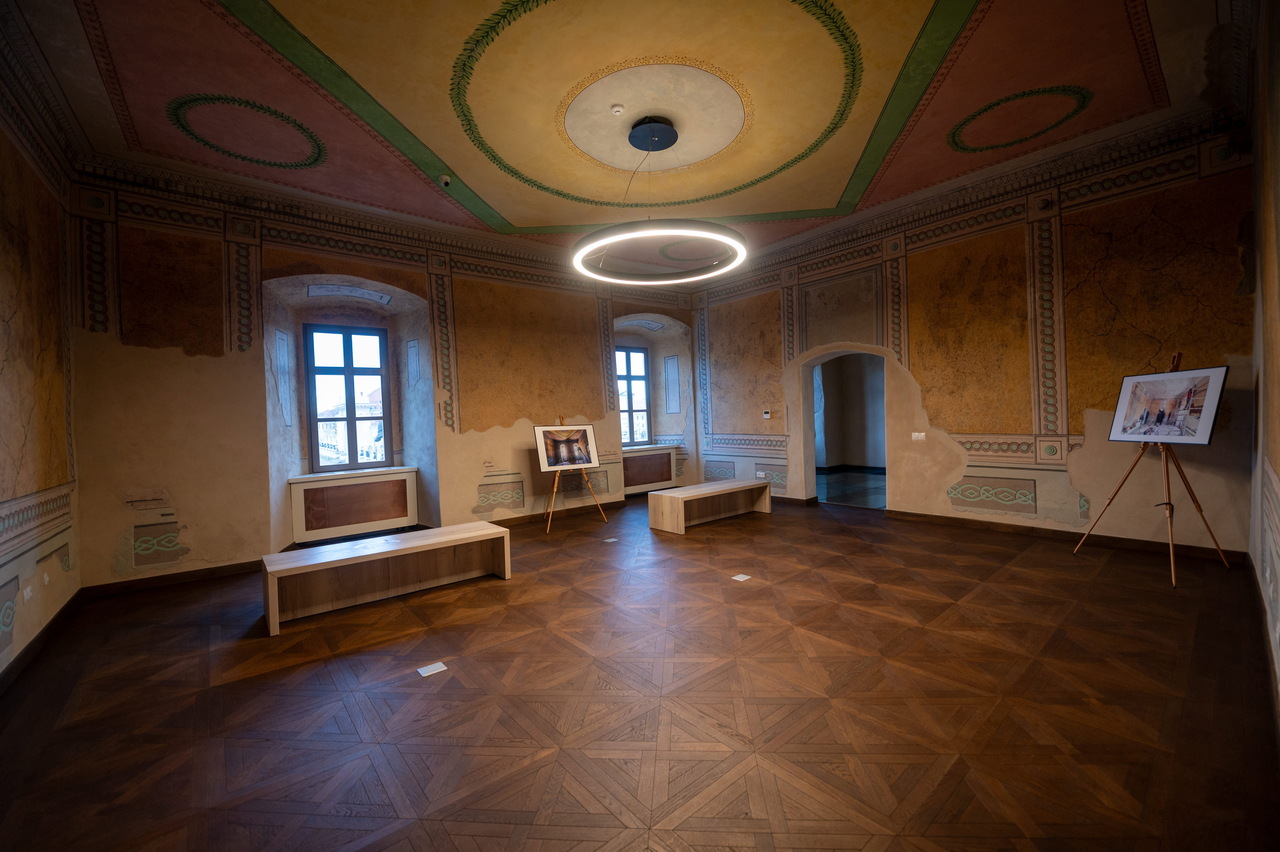The former seat of the Principality of Transylvania (Erdélyi Fejedelemség), the restored princes’ palace in Gyulafehérvár (Alba Iulia), was opened to the public for the first time on Monday, the museum said in a statement on Thursday.
Renovated and open to public
In one of the most important monuments of Transylvania, the Museum of the Principalities of Transylvania is housed by its current owner, the Municipality of Gyulafehérvár. Founded last year, the institution, which is attached to the mayor’s office, opened its doors to visitors on Monday, 5 February, although later, it will be closed on the first day of the week, turizmus.com reports based on MTI.
The basic exhibition is free to visit in February.

According to the news portal G4Media.ro, the official opening took place on Saturday, 3 February, with the participation of the Romanian Minister of Culture Raluca Turcan.
The permanent exhibition presents the historical periods and key events of the castle and palace, illustrating the transformation of the buildings in each period. It also introduces some of the historical figures who guide visitors through the rooms as “virtual curators”.
Among them is the Hungarian Queen Isabella Jagiellon, buried in St Michael’s Cathedral in Gyulafehervár, who built a Renaissance centre in the palace during her stay. Two more exhibitions will be opened later, focusing on important figures in Transylvanian history: princes, princesses, governors.

Renovation with EU funding
The renovation of the palace started in 2018 with EU funding. Although it was due to be completed in 2021, the work was only finished last December. Of the initial investment, estimated at EUR 5 million, EUR 4 million was provided by the EU, with the local government covering the significant additional cost. According to earlier reports in the local press, the renovation also revealed 16th century rococo wall paintings in the halls.

The precious monument, located in the castle of Gyulafehérvár, has been owned by the city since 2009 and was previously used by the Romanian army. The palace near the Roman Catholic cathedral was built in the 15th century, and was enlarged and rebuilt in the 16th and 17th centuries. Initially the property of the Transylvanian bishopric, it became the property of the new principality in 1542.
The princes of Transylvania ruled the country from here for almost 150 years.
Most of the building was converted into barracks by the Habsburg administration after 1690 and was used by the army for more than three centuries. The eastern wing of the complex was returned to the Roman Catholic Church in 1716 and is still the seat of the Archdiocese of Gyulafehérvár. It was renovated with the support of the Romanian state between 2008 and 2011.
Read also: